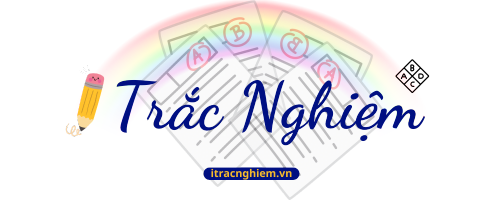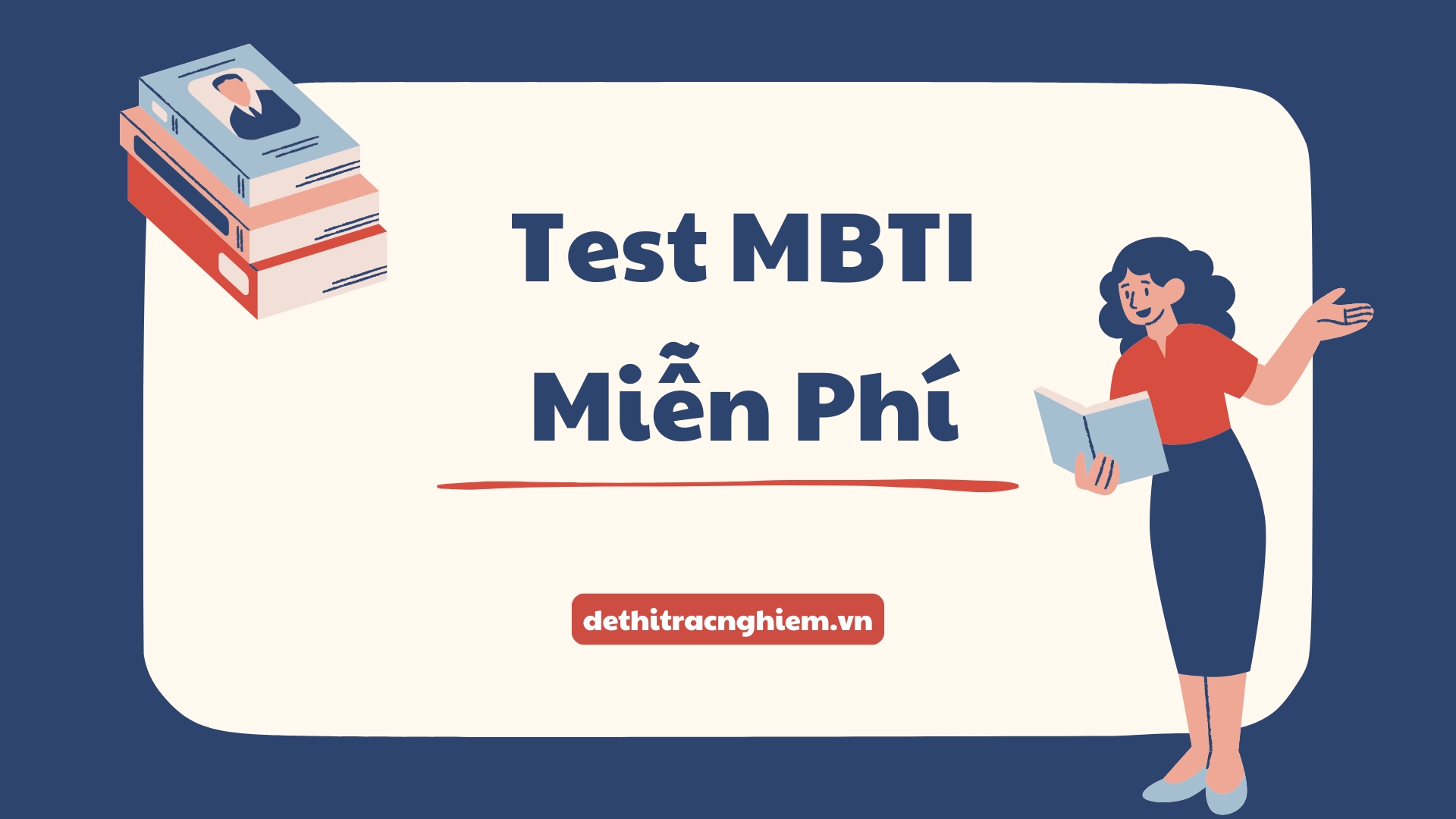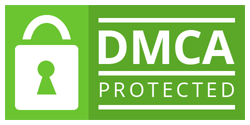Trắc Nghiệm Mạng Máy Tính Tiếng Anh là một đề ôn tập thuộc môn Mạng máy tính, được giảng dạy bằng tiếng Anh trong chương trình đào tạo ngành Công nghệ Thông tin tại Trường Đại học Bách Khoa – Đại học Quốc gia TP.HCM (HCMUT). Đề ôn tập đại học do ThS. Trần Minh Phúc, giảng viên Khoa Khoa học và Kỹ thuật Máy tính – HCMUT biên soạn năm 2024, nhằm giúp sinh viên nắm vững từ vựng chuyên ngành và các khái niệm mạng trong môi trường học tập quốc tế. Nội dung xoay quanh các chủ điểm như cấu trúc mạng, TCP/IP, giao thức truyền thông, bảo mật mạng, và các tình huống xử lý sự cố, tất cả đều được trình bày hoàn toàn bằng tiếng Anh.
Trắc nghiệm mạng máy tính trên dethitracnghiem.vn được thiết kế sát với chương trình học của các trường đại học đào tạo theo mô hình song ngữ hoặc chương trình liên kết quốc tế. Mỗi câu hỏi đều kèm theo đáp án chuẩn và giải thích rõ ràng, giúp sinh viên rèn luyện kỹ năng đọc hiểu thuật ngữ, cải thiện vốn tiếng Anh chuyên ngành CNTT. Hệ thống còn cho phép sinh viên theo dõi tiến trình học tập và lưu lại đề yêu thích, hỗ trợ quá trình ôn luyện hiệu quả trước các kỳ thi đánh giá năng lực.
Hãy cùng dethitracnghiem.vn khám phá bộ đề này và kiểm tra ngay kiến thức của bạn!
Trắc Nghiệm Mạng Máy Tính Tiếng Anh
Question 1. Which of the following is a primary function of the Presentation Layer (Layer 6) in the OSI model?
A. Data format translation, encryption, and compression.
B. Path determination and logical addressing for packets.
C. Establishing, managing, and terminating sessions.
D. Reliable end-to-end delivery and flow control.
Question 2. In the TCP/IP model, which layer is responsible for logical addressing and determining the best path for data to travel across networks?
A. Application Layer
B. Internet Layer
C. Transport Layer
D. Network Access Layer
Question 3. What is the main purpose of encapsulation in network communication?
A. To convert digital signals into analog signals for transmission.
B. To add protocol-specific control information at each layer.
C. To select the most efficient physical path for data.
D. To verify the user’s identity before granting network access.
Question 4. A set of rules that governs data communication between devices is known as a:
A. Topology
B. Medium
C. Protocol
D. Segment
Question 5. Which statement accurately distinguishes the TCP/IP model from the OSI model?
A. The OSI model is more practical and widely implemented in modern networks.
B. The TCP/IP model combines the OSI’s Session and Presentation layers into its Application layer.
C. The TCP/IP model has seven layers, whereas the OSI model has four.
D. The OSI model was developed by the US Department of Defense for the ARPANET.
Question 6. The process of a higher-level protocol data unit (PDU) being placed inside a lower-level PDU is called:
A. Segmentation
B. De-encapsulation
C. Flow Control
D. Encapsulation
Question 7. Which layer of the OSI model is responsible for providing services directly to the user’s application, such as web browsing or email?
A. Transport Layer
B. Application Layer
C. Session Layer
D. Network Layer
Question 8. A network device that operates only at the Physical Layer (Layer 1) and repeats all incoming signals to all connected ports is a:
A. Switch
B. Router
C. Hub
D. Bridge
Question 9. What is the primary function of a MAC (Media Access Control) address?
A. To logically identify a device on a global internetwork.
B. To uniquely identify a network interface card (NIC) on a local network.
C. To specify the application port number for a communication.
D. To locate the optimal route between source and destination networks.
Question 10. A Switch operates at which layer of the OSI model?
A. Layer 1 (Physical Layer)
B. Layer 2 (Data Link Layer)
C. Layer 3 (Network Layer)
D. Layer 4 (Transport Layer)
Question 11. Which of the following is a characteristic of Unshielded Twisted Pair (UTP) cabling?
A. It is a cost-effective and commonly used cable for LANs.
B. It is highly resistant to electromagnetic interference (EMI).
C. It uses light pulses to transmit data over long distances.
D. It is primarily used for backbone connections between buildings.
Question 12. The Data Link Layer is divided into which two sublayers?
A. The Session and Presentation sublayers.
B. The Physical and Network sublayers.
C. The Logical Link Control (LLC) and Media Access Control (MAC) sublayers.
D. The TCP and UDP sublayers.
Question 13. In a CSMA/CD network, what is the first action a device takes after detecting a collision?
A. It immediately retransmits the corrupted frame.
B. It transmits a jam signal to alert other devices.
C. It shuts down its network interface to save power.
D. It sends an error report to the network router.
Question 14. A device operating at the Network Layer that forwards packets between different networks based on IP addresses is known as a:
A. Repeater
B. Switch
C. Router
D. Modem
Question 15. Which of the following IP addresses belongs to Class C?
A. 172.16.30.5
B. 10.25.11.4
C. 224.0.0.9
D. 193.168.1.10
Question 16. What is the purpose of the subnet mask in IP networking?
A. To hide the IP address from unauthorized users.
B. To distinguish the network portion from the host portion of an IP address.
C. To translate a domain name into an IP address.
D. To automatically assign an IP address to a new device on the network.
Question 17. The protocol responsible for resolving an IP address to a physical MAC address is:
A. ARP (Address Resolution Protocol)
B. DHCP (Dynamic Host Configuration Protocol)
C. DNS (Domain Name System)
D. ICMP (Internet Control Message Protocol)
Question 18. What is the loopback IP address, used for testing a machine’s own network stack?
A. 255.255.255.255
B. 192.168.0.1
C. 127.0.0.1
D. 0.0.0.0
Question 19. A routing protocol that uses “hop count” as its primary metric for path selection is:
A. OSPF (Open Shortest Path First)
B. BGP (Border Gateway Protocol)
C. RIP (Routing Information Protocol)
D. EIGRP (Enhanced Interior Gateway Routing Protocol)
Question 20. What information is contained in the header of an IP packet?
A. The source and destination MAC addresses.
B. The sequence number for reassembling a message.
C. The port numbers for the application services.
D. The source and destination IP addresses.
Question 21. What is a key difference between TCP (Transmission Control Protocol) and UDP (User Datagram Protocol)?
A. TCP is connectionless, while UDP is connection-oriented.
B. TCP provides reliable delivery, while UDP offers faster, best-effort delivery.
C. TCP is used for DNS queries, while UDP is used for web browsing.
D. TCP uses IP addresses, while UDP relies on MAC addresses for delivery.
Question 22. In the context of the Transport Layer, what is a “port”?
A. A physical interface on a router or switch.
B. An identifier used to distinguish between different applications running on a single host.
C. A security mechanism to block unwanted traffic.
D. A logical channel for a single data stream.
Question 23. The “three-way handshake” (SYN, SYN-ACK, ACK) is a process used by which protocol to establish a connection?
A. IP
B. UDP
C. HTTP
D. TCP
Question 24. The mechanism that prevents a fast sender from overwhelming a slow receiver is known as:
A. Error detection
B. Multiplexing
C. Flow control
D. Authentication
Question 25. Which of the following applications would be most suitable for using UDP?
A. Live video streaming
B. File transfer (FTP)
C. Email (SMTP)
D. Secure web browsing (HTTPS)
Question 26. The primary protocol used for browsing websites is:
A. FTP (File Transfer Protocol)
B. SMTP (Simple Mail Transfer Protocol)
C. HTTP (Hypertext Transfer Protocol)
D. TELNET
Question 27. The function of the Domain Name System (DNS) is to:
A. Automatically assign IP configuration to hosts.
B. Translate human-readable domain names into IP addresses.
C. Transfer files between a client and a server.
D. Manage the secure transmission of web traffic.
Question 28. Which protocol is responsible for automatically assigning an IP address, subnet mask, and default gateway to a client device?
A. DNS
B. ARP
C. SNMP
D. DHCP
Question 29. When you send an email, which protocol does your email client typically use to send the message to your mail server?
A. POP3 (Post Office Protocol 3)
B. IMAP (Internet Message Access Protocol)
C. SMTP (Simple Mail Transfer Protocol)
D. HTTP (Hypertext Transfer Protocol)
Question 30. FTP (File Transfer Protocol) is unique because it uses two separate connections between client and server. These connections are for:
A. Sending and receiving data simultaneously.
B. Establishing a primary and a backup link.
C. Control commands and data transfer.
D. Encrypted traffic and unencrypted traffic.




